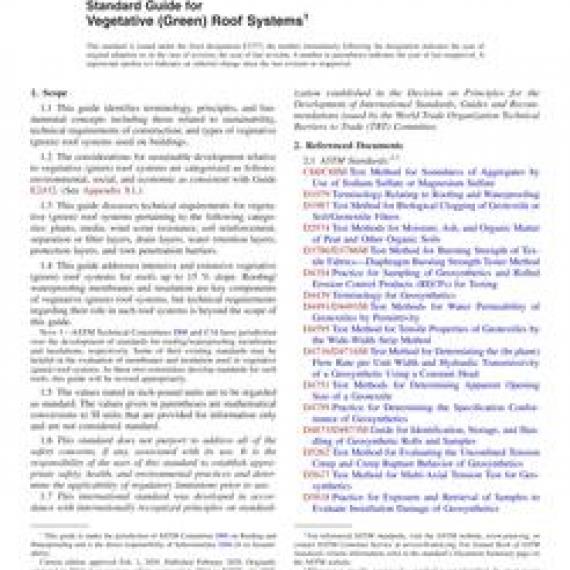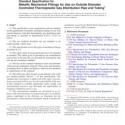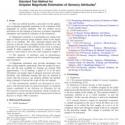No products
ASTM E2777-20
ASTM E2777-20 Standard Guide for Vegetative (Green) Roof Systems
standard by ASTM International, 02/01/2020
Full Description
1.1This guide identifies terminology, principles, and fundamental concepts including those related to sustainability, technical requirements of construction, and types of vegetative (green) roof systems used on buildings.
1.2The considerations for sustainable development relative to vegetative (green) roof systems are categorized as follows: environmental, social, and economic as consistent with Guide E2432. (See Appendix X1.)
1.3This guide discusses technical requirements for vegetative (green) roof systems pertaining to the following categories: plants, media, wind scour resistance, soil reinforcement, separation or filter layers, drain layers, water retention layers, protection layers, and root penetration barriers.
1.4This guide addresses intensive and extensive vegetative (green) roof systems for roofs up to 15 % slope. Roofing/waterproofing membranes and insulation are key components of vegetative (green) roof systems, but technical requirements regarding their role in such roof systems is beyond the scope of this guide.
Note 1:ASTM Technical Committees D08 and C16 have jurisdiction over the development of standards for roofing/waterproofing membranes and insulations, respectively. Some of their existing standards may be helpful in the evaluation of membranes and insulation used in vegetative (green) roof systems. As these two committees develop standards for such roofs, this guide will be revised appropriately.
1.5The values stated in inch-pound units are to be regarded as standard. The values given in parentheses are mathematical conversions to SI units that are provided for information only and are not considered standard.
1.6This standard does not purport to address all of the safety concerns, if any, associated with its use. It is the responsibility of the user of this standard to establish appropriate safety, health, and environmental practices and determine the applicability of regulatory limitations prior to use.
1.7This international standard was developed in accordance with internationally recognized principles on standardization established in the Decision on Principles for the Development of International Standards, Guides and Recommendations issued by the World Trade Organization Technical Barriers to Trade (TBT) Committee.


































